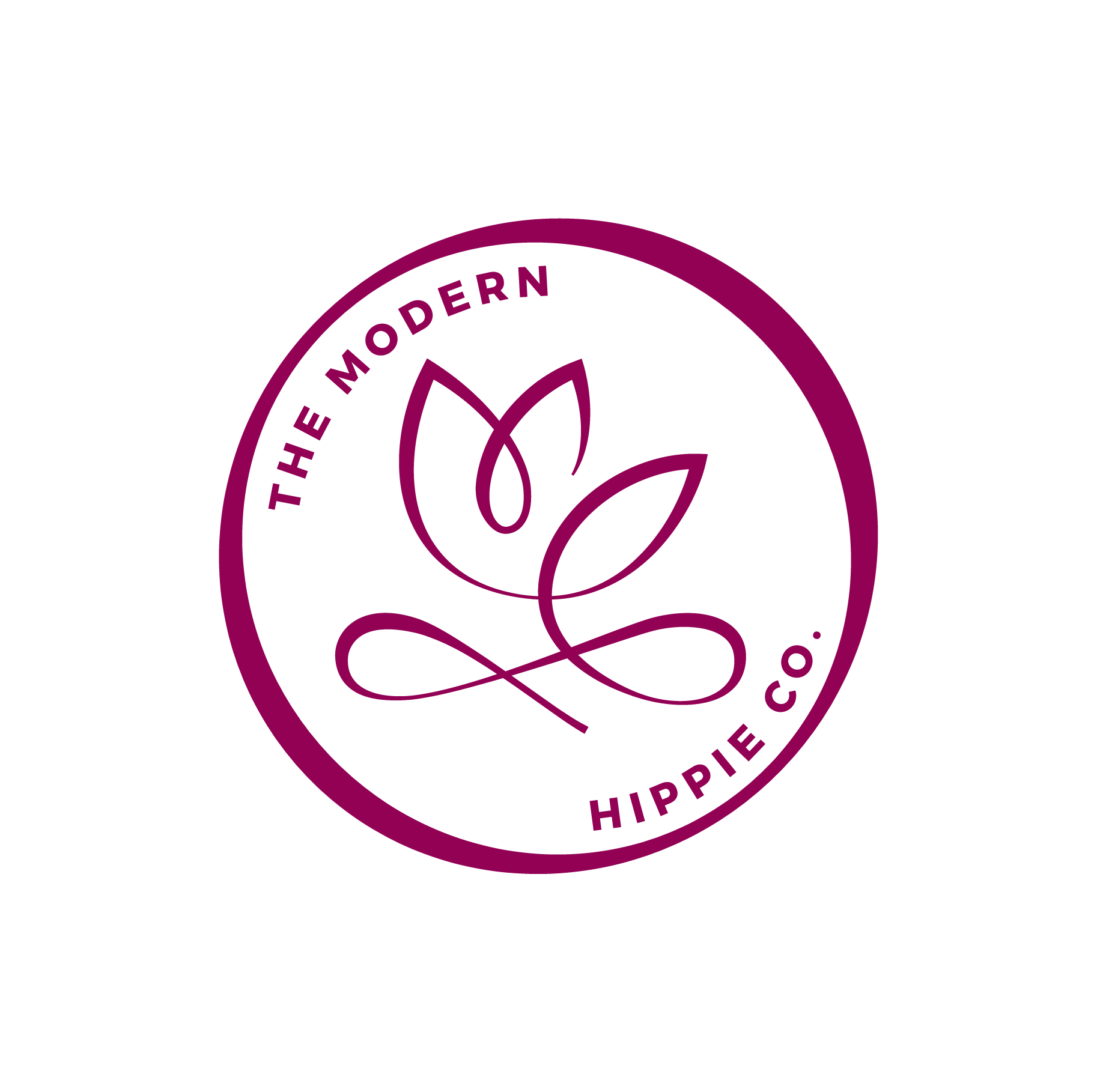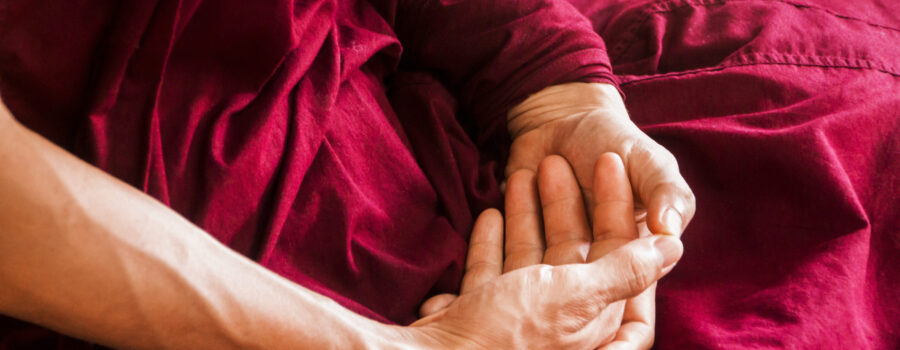
My introduction to meditation began in 2014, on a trip to Nepal. I heard about a friend of a friend’s dad who attended a meditation retreat in Thailand and completely lost track of time. I was fascinated and knowing nothing more, I searched and searched until I stumbled upon Vipassana.
Prior to my first Vipassana, I had dabbled in various methods of mindfulness as a natural extension of practising yoga. These methods predominantly focused on regulating the breath or focusing the mind on an object/word/or image. Whilst fantastic for quieting the mind and developing awareness for me it was only half the equation.
Meditation is a practice whose purpose is to develop a person’s faculty for both AWARENESS and EQUANIMITY (non-reactiveness) simultaneously. Awareness is the ability to directly know, perceive, feel or be cognisant of events (i.e. a state of consciousness) whilst equanimity is being in a state of calm and composure. Developing both awareness and equanimity is equally important as it teaches a person to maintain the balance of their mind in every situation.
Research has proven that experienced meditators have a reduced cognitive and emotional automated reactivity to stimuli (Cahn, Rael, and Polich. 2009). In plain English, this simply means that experienced meditators have increased the gap between stimulus and response. Therefore giving them time to make a conscious decision and choose how they want to respond rather than responding with their default unconscious response. Hence they widen the gap between the stimulus and response.
Stimulus _______The Gap _______Response
You may be wondering why widen the gap? One of the most well know survivors of the Holocaust Viktor E. Frankl put it so eloquently “between stimulus and response there is a space. In that space is our power to choose our response. In our response lies our growth and our freedom.” The gap is where our true power lies.
If 90% of life is how we react to it, wouldn’t it be great to be able to choose our response? For example when we receive criticism, instead of immediately feeling defensive what if we could consider the other possibilities and choose how we want to respond. For example, we could:

Most of us would naturally choose option 1 or 2, however options 3 and 4 are the responses that can lead to growth. Meditation open’s our mind to possibility and we reclaim our true power in choosing an intentional response, and therefore an intentional life. This is the essence of the art of living.
References: Cahn, B. Rael, and John Polich. “Meditation (Vipassana) and the P3a event-related brain potential.” International Journal of Psychophysiology 72, no. 1 (2009): 51-60.


